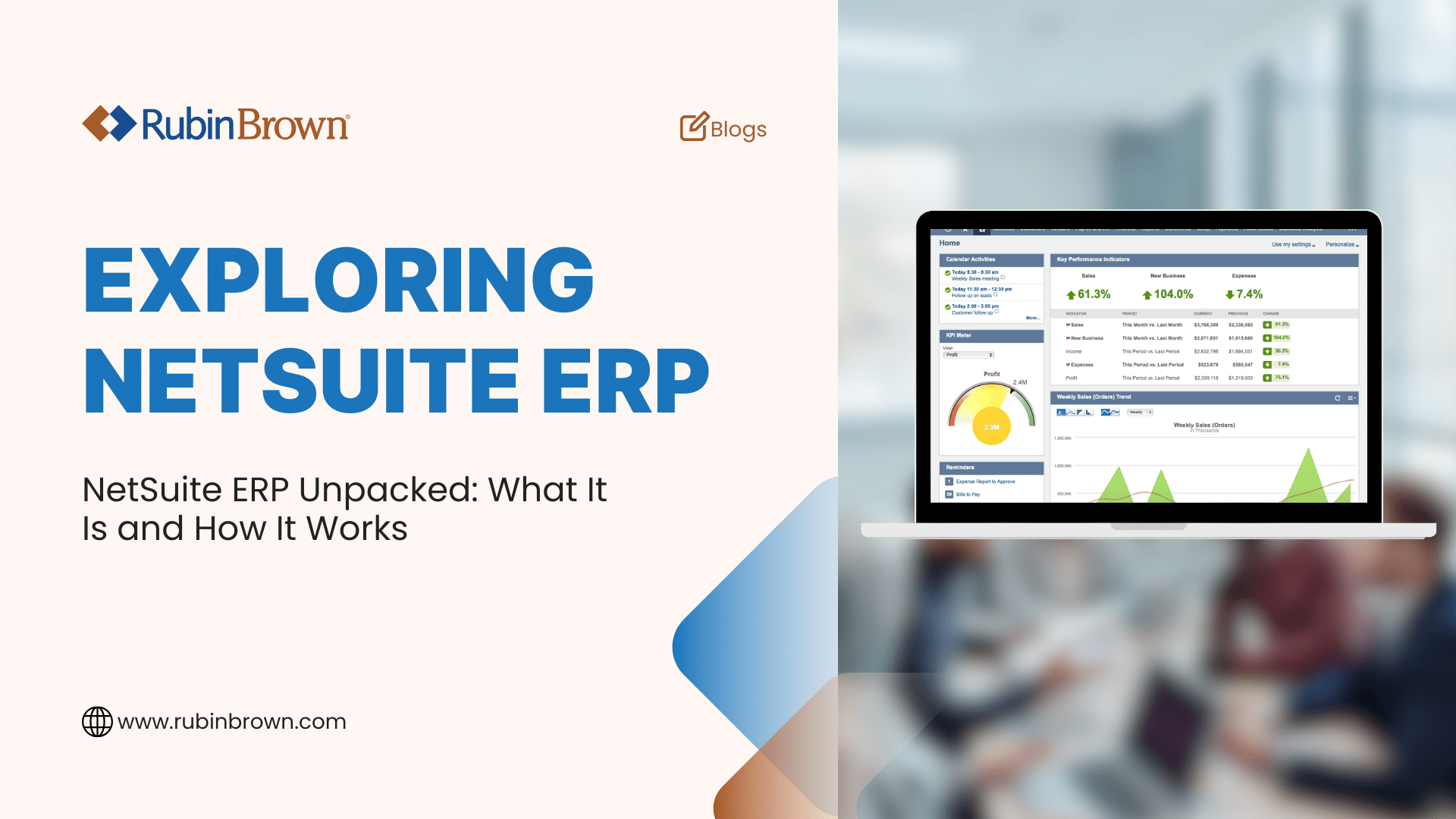Your Guide to Digital Transformation: Evolving Business Models for Lasting Success in the Digital Age
Organizations worldwide are rethinking how they operate. Rapid technological shifts and changing customer preferences have made it increasingly...

In the digital age, cloud migration has become imperative for businesses looking to enhance scalability, flexibility, and cost-efficiency. Moving your applications and data to the cloud can lead to significant benefits, but it's a complex endeavor that requires careful planning, execution, and ongoing management. To ensure a seamless transition and reap the full rewards of cloud computing, it's essential to follow a set of best practices. In this blog, we'll explore the key strategies for successful cloud migration.
In conclusion, cloud migration can be a transformative journey that unlocks numerous benefits for your organization. By following these best practices, you can ensure a smooth and successful migration that minimizes disruptions, maximizes benefits and positions your business for future growth in the cloud-native era. Remember, each migration is unique, so tailor these practices to fit your organization's specific needs and goals. If you need help tailoring your practices, KnowledgePath is here to help guide your cloud migration strategy.
.png)
Organizations worldwide are rethinking how they operate. Rapid technological shifts and changing customer preferences have made it increasingly...

1 min read
Is Your ERP Strategy Future-Ready? The Top Solutions for 2025 and Beyond Selecting the right ERP system has become a critical decision for...

1 min read
In a time where digital advancements influence the rate of business expansion, choosing the right cloud-based business management platform is...